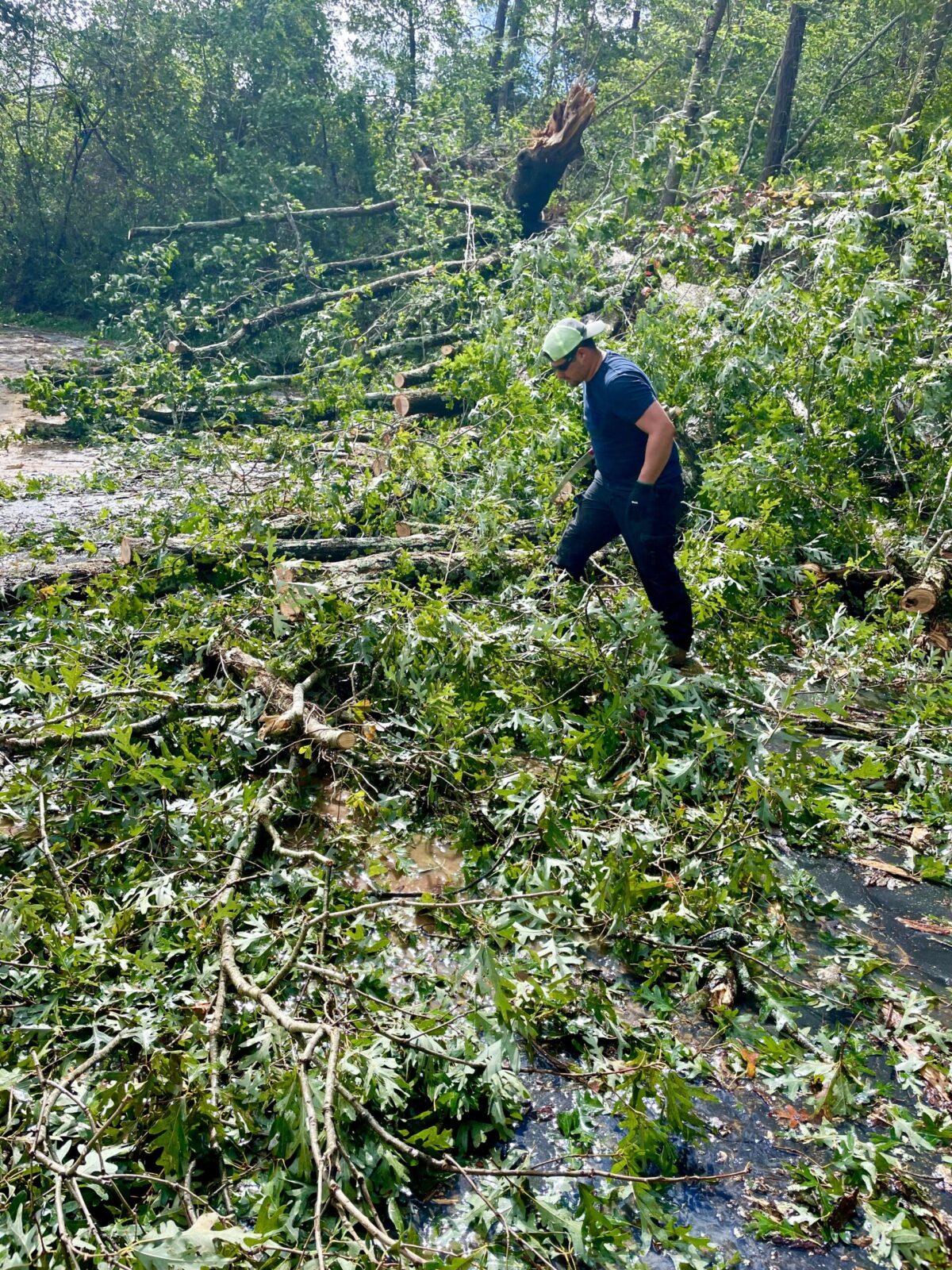A much deeper mobile equipment supply and innovation pool is fast developing and is definitely needed by the global mining industry to help it meet unprecedented energy transition and other production challenges, Shane Clark, Thiess Group Manager, Energy Transition, said at The Electric Mine 2024 this week.
“The Thiess business has more than A$2 billion (US$1.3 billion) worth of mobile assets in the field [including] 3,000 what we call primary assets, which is large equipment over 100 tonnes,” Clark said.
“And it becomes a very big problem as to how we transition. The answer more and more is we just have to have options. We have to connect with early adopters to build out our capability to support that battery electric fleet of tomorrow.
“But more than anything, we just need to get started.”
Clark and other speakers at the major mine electrification event attended by more than 900 people emphasised the vast scale of the diesel fleet renewal hurdle in front of the industry at a time when falling ore grades and deeper mines are increasing energy usage.
Thiess, the world’s largest surface mining contractor, is targeting 25% lower diesel combustion emissions by 2035 and wants 85% of Thiess-operated light vehicles to be battery electric (BE) or hybrid by 2030.
Clark said the pursuit of lofty greenhouse gas emission reduction goals by an earthmoving contractor in the mining sector was “quite a difficult problem” where the service provider wasn’t in the driver’s seat on primary site power supply and distribution, and mine owners equivocated on carbon efficiency.
“The reality is that we can’t [meet our 2035 diesel emission target] without transitioning the entirety of our small fleet, which is 150 t trucks or less, to at least a hybrid solution; we need our current diesel electric fleet to all be converted to BEV by 2035 and we need a large portion of our excavator fleet to at least be hybrid.
“Most of the work has to be done by 2030.”
Clark said smaller, autonomous mobile equipment, advanced software and AI-based production and energy management optimisation, and shifts in traditional thinking about operating processes, all had crucial roles to play in current and future mine planning and execution.
“The best miners in the future are going to be the best optimisers. Who can perform the most holistic optimisations will be the best performers. [That starts with] pit optimisation.
“We need to get capital back from anywhere we can to fund the transition. That includes thinking about assets differently. If we use smaller assets, steeper ramp gradients, vehicle choreography, we can change the pit economics, pull back that budget to fund infrastructure.
“The major barrier to get to full BEV fleets in my mind is less about production requirements, because they can be worked around…Having worked on site for many years I can see how you can make battery electric assets work. It really comes down to the cost of energy and the amount of curtailment we can achieve. Some way, somehow, we need to get energy storage inside the mine gate cheaper.
“Our belief is that means we need to get batteries in applications that make sense now into the field, so they can serve out a second life on the grid.”
Clark said a two-track focus on hydrogen fuel-cell and full BE products from traditional sources was “getting in the way of real progress”.
“The [traditional mining] OEMs have a huge role to play and as a contractor, of course, we will purchase as much of that fleet as possible,” he said. “But as I say, we need to bring down the energy costs inside the mine gate now. I don’t think we can wait for the ramp-up of [new vehicle manufacturing]. There’s obviously other OEMs that are making great strides [and] so far the Eastern part of the world is showing us the way. If you go to most mines inside China you won’t find just diesel fleet. They’re already on the journey. You go to most factories and the majority of the fleet is at least hybrid.
“The full diesel electric fleet is becoming smaller and smaller. There’s obviously a lot of perceived threats with the change. [But] I think if you look at the automaker industry, which is a pretty good thematic for the majority of industry, it makes perfect sense that there are so many players entering the heavy mining machinery market now. We have as many green battery electric options to automakers in China today than we had all automakers in the world just 20 years ago.
“Why? Because obviously with new advances comes new opportunity and everyone wants a stake.If you’re a contractor or a [miner] trying to pick one winner out of hundreds of possible solutions going forward, you are thinking about the problem the wrong way. The energy cost inside the mine gate is the real problem. How do we enable a step change there?”



